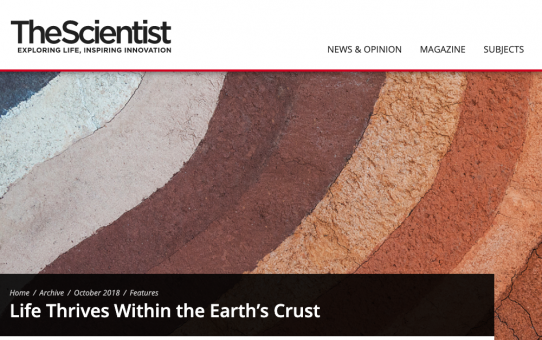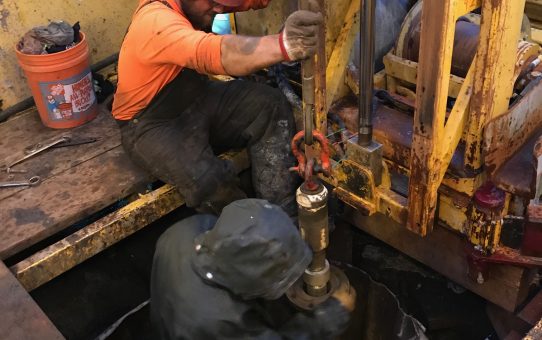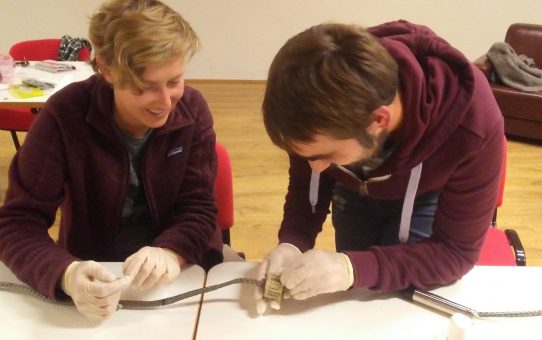Sub-Surface Observatory
The sub-surface observatory is a science experiment in direct interaction with the hydrothermal fluids of Surtsey. Four samples, two of glass and two of olivine, will be housed at Drillsite C for two years. Scientists will come at a later date to observe the changes that took place.
Life Thrives Within the Earth’s Crust
In this The Scientist article University of Bergen geobiologist Steffen Jørgensen discusses a longer-term view of life deep in the Earth with The Scientist and how SUSTAIN team researchers are taking their experiments underground in borehole experiments deep in the submarine basalt of Surtsey volcano.
Check out the article about the construction of the Surtsey Subsurface Observatory
in the June issue of Scientific Drilling.
Posted on by surtsey50years
Aluminum Casing
Aluminum casing is used to house the sub-surface observatory. The casing has holes drilled into it at five different depths to allow hydrothermal fluids to interact with samples located at those depths. Above, members of the drilling team work to install the casing into the hole of Drillsite C. Below, a view of the perforations in the aluminum casing.
Posted on by surtsey50years
Adjusting Observatory Sample Depths
Due to varying lengths of the aluminum casing for the observatory, the sample chambers had to be changed from their original placement. Two members of the science team work to adjust these depths and add temperature sensors between each sample-unit pair.
Posted on by surtsey50years
Observatory Sample Chambers
Scientists are using two types of samples to better study hydrothermal fluid and chemistry interactions on Surtsey. One sample is a volcanic glass with the same composition as Surtsey. The other is olivine, which is a target for studying microbial-rock interaction. A set of four samples (two of each type) are placed above and below a temperature sensor at five different depths. This will give scientists an idea of changing hydrothermal and microbial interactions at varying depths within Surtsey.




